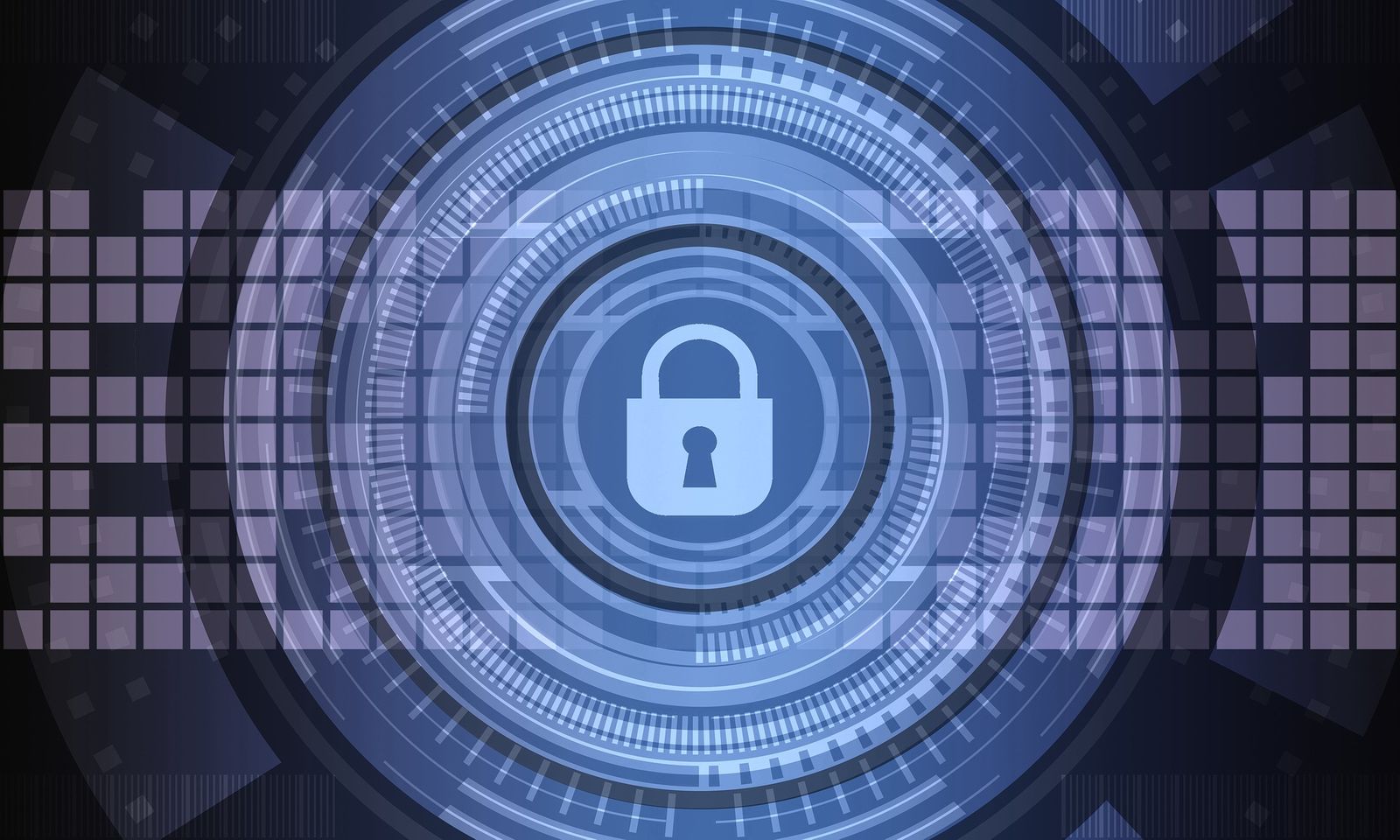Quantum Cryptography 101
Published by Rajvi Khanjan Shroff,

It might seem like something straight out of a sci-fi novel, but quantum computers are here to stay--and there is some logic behind the madness to quantum physics, no matter how confusing it seems or is portrayed in the media! And nope, it’s not magic! Just a dash of science and technological progress and you get the machines that will power our future.
Qubits: A term for the quantum version of a bit, which has "states." Think of it as an attribute of the qubit. For a bit, it can either be in the 1 state or the 0 state (but not both). A qubit, though, is a different story! It has to do with a property known as Superposition and is explained below.
Superposition: This allows a particle to exist in two or more states at once! It's in the name--superposition is a descriptor for when two entities coincide, and you can think of a quantum bit to be an equivalent of a 0 bit and a 1 bit simultaneously. A really quick and fun metaphor for this is from pop-culture: you have an apple, and you have a pen--what do you get? That's right, an apple-pen! Similarly, 1+ 0 = quantum. While the song pen-pineapple-apple-pen might have seemed to be a bit silly at first, who knew it had a deeper purpose: to explain one of the fundamental properties of a quantum particle!
Entanglement: This refers to the idea that the state of one depends on another. Imagine there are two twins so exactly "alike," that if you knew the whereabouts of one, you know where the other is as well--that's exactly what entanglement is about.
Ok, so now for the nitty-gritty details! Quantum Computing is a new technology that uses the properties of qubits (superposition and entanglement) to increase the computation power to solve complicated problems that will bring today’s fastest and most powerful modern computers to shame. Such computers, that run on quantum computing, are called quantum computers. The reason why quantum computing is so much faster than classical computing has to do with the number of possible states qubits can be in; when many qubits are together, the number of configurations grows exponentially. The number of superstates qubits represents allows a quantum computer to consider a whole lot of combinations at once, making problem solving that much quicker.
This means today’s encryption methods like the RSA algorithm (which relies on the fact that factoring large prime numbers is hard) and the Diffie-Hellman key exchange (is safe only because of the discrete logarithm problem) used to ensure secure communications will be in danger after quantum computers.
Fortunately, for every action there is an equal and opposite reaction! Quantum Computers give rise to a revolution in computing (quantum computing), which can break today’s encryption algorithms in minutes. Hence, there is a need for a new kind of cryptography that will keep our information safe-- Quantum cryptography.

The above image is an example of a D-Wave model that houses a quantum computer.
The picture below shows an IBM cryostat, which is used to cool the IBM Quantum Computer.

STAY TUNED FOR PART 2! Part 2 of this series will continue where we left off, and discuss how quantum computers served as a matrix for quantum cryptography, and some basic quantum algorithms!
